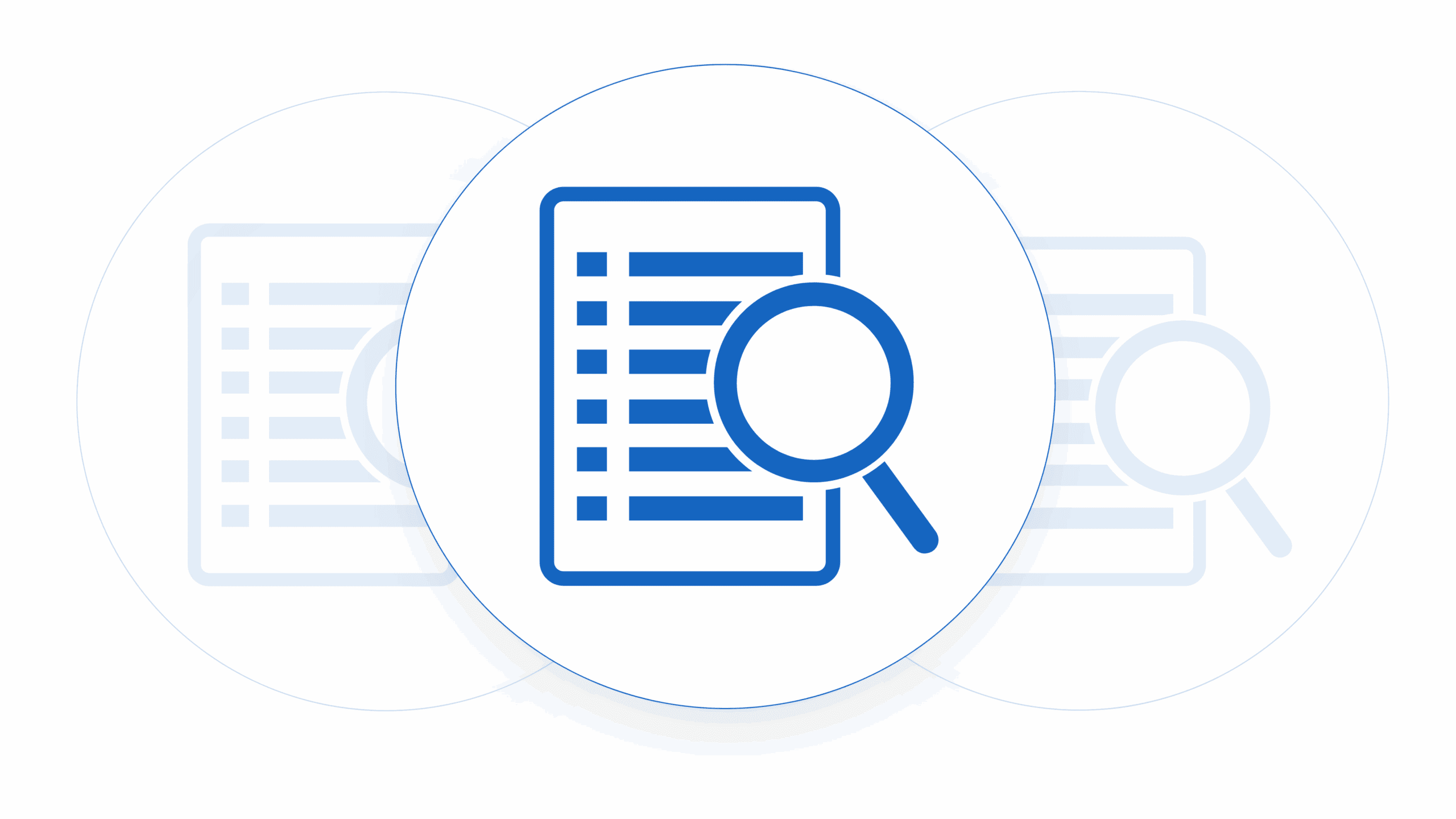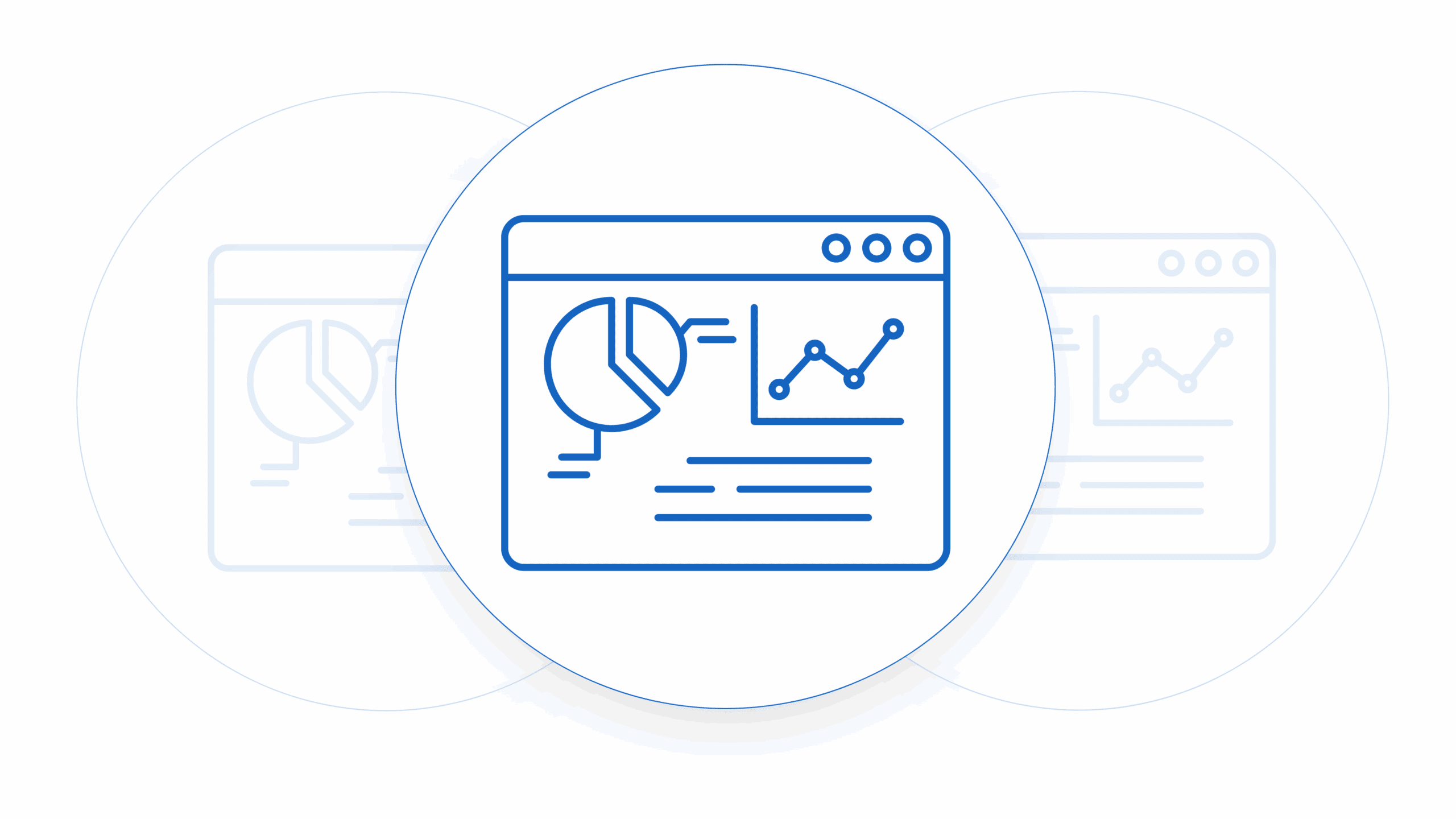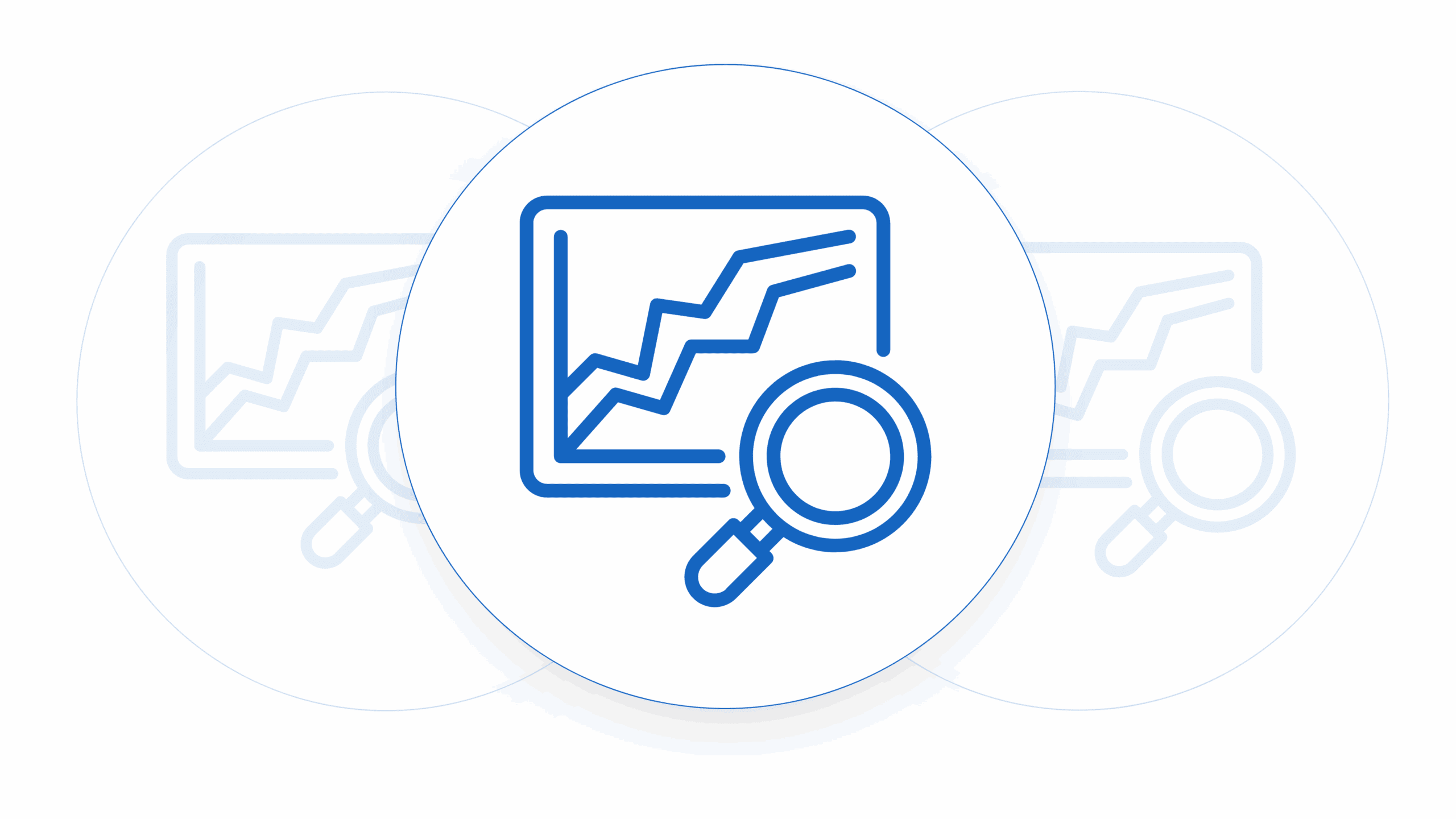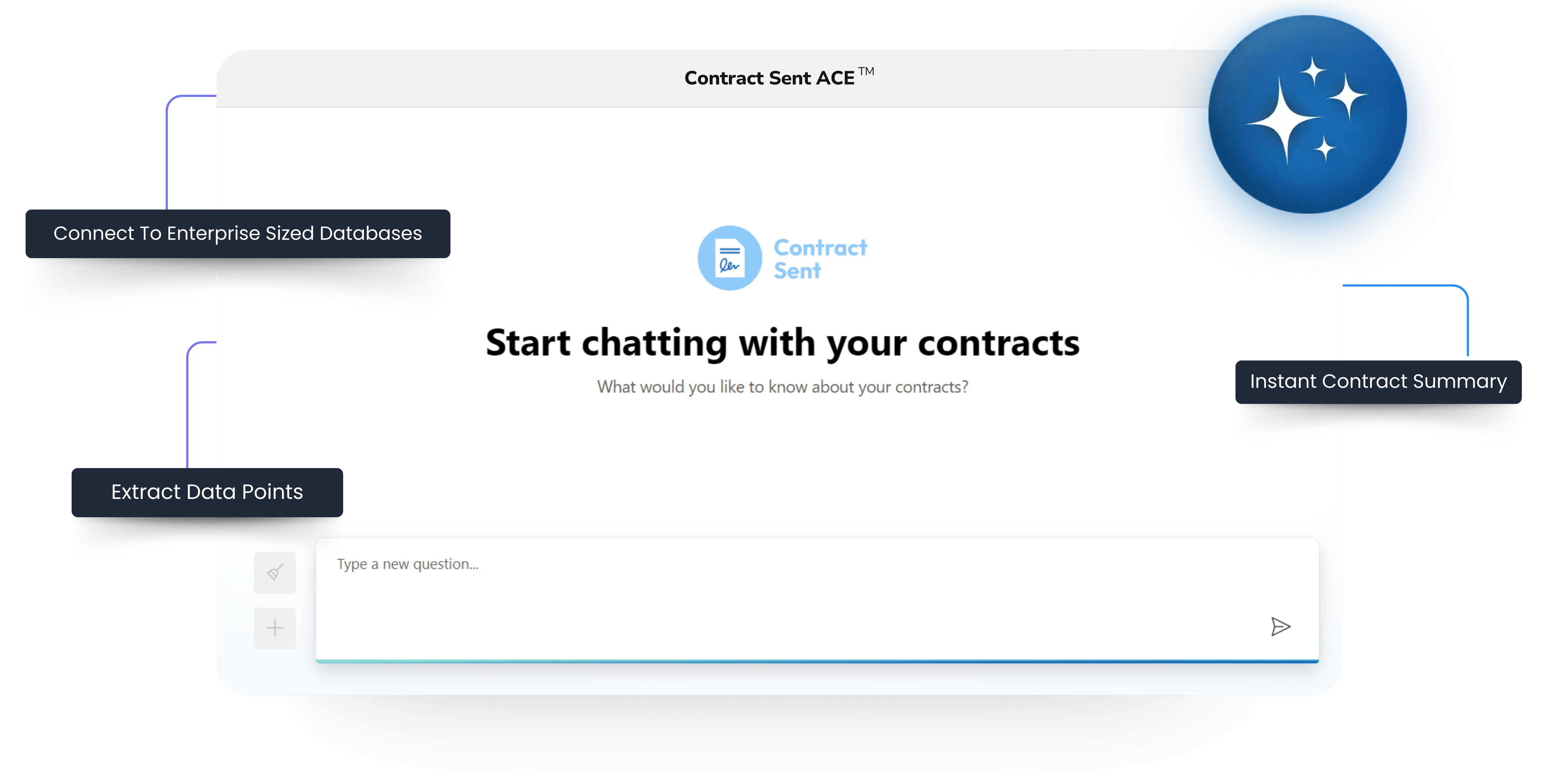Invoicing can cause a lot of issues for a SaaS company when you are selling to enterprise customers. A lot. One of the biggest issues for SaaS companies in the B2B space is the length of the closed won to cash in bank cycle. You need to know the standard billing terms for enterprise SaaS and how you stack up.
Accounts receivables can balloon and all that hard work in building your ARR can amount to a bit of a nightmare when the money doesn’t follow. Invoices, of course, are a critical component of any business transaction, including those related to SaaS contracts. SaaS providers are generally good when they are selling a pay by credit card, low cost/high volume product. But when they are manually invoicing for large amounts they need to rely on timely payments to keep their operations running smoothly, so it’s essential to establish clear payment terms upfront in you contracts, MSAs or SOWs.
One of the most critical components of payment terms is the number of days in which the invoice must be paid. This number is commonly referred to as “days to pay”. Let’s explore the importance of days to pay in SaaS contracts, how it can impact both the provider and the customer and how you can ensure that customers at least stick to the number of days that they have signed up to.
Why is days to pay important in SaaS contracts?
Days to pay is important in SaaS contracts for several reasons. Firstly, cash is king. When you are a company that is either burning cash on a monthly basis or looking to bootstrap your way to growth, knowing the days to pay for each customer provides a clear timeline for when that cold hard cash will hit your bank account. This helps with cashflow in your business, it helps you make payroll and ultimately it helps you to front load your spend on marketing to drive more and more customers into your companies sales funnel. Think of it as building a bridge that you’re also driving on. The cash is the building material, if you run out you’re doing to drive off into the abyss and your days to pay is your supply line for the building materials.
SaaS providers typically have ongoing expenses, such as employee salaries, marketing costs, and infrastructure maintenance fees. Late payments can disrupt cash flow and cause cash flow problems that can affect the provider’s ability to deliver services effectively. This will also mean that you’ll need to be working to fill that gap. Which is to say fundraising, the all consuming past time.
Days to pay can also be used as a negotiation lever for your sales team. Think of how you can use discounts and days to pay at the same time to impact the speed that you’re getting money in. For example, a provider may offer a 10% discount to customers who pay within 15 days of invoicing. If the customer fails to pay within that timeframe, they will not be eligible for the discount. Based on how you value the speed of this cashflow will inform you of how much of a discount you’re willing to carve out. A good example here is products that offer a large discount for upfront payment for annual or multi-year contracts.
What is the typical days to pay in SaaS contracts?
Days to pay can vary depending on the nature of the contract and the parties involved. However, the industry standard for SaaS contracts is typically between 30 and 60 days although there are a lot of enterprise vendors that will push for 90 days, ouch.
Providers may offer different payment terms, such as payment upfront, payment in installments, or payment upon completion of specific milestones. However, regardless of the payment terms, the days to pay should always be clearly stated in the contract. This doesn’t always mean that they will pay within this time period, check out how to ensure timely payments and improve the standard billing terms for enterprise SaaS that your business has below.
Why do some enterprise customers demand longer days to pay?
Some enterprise companies may have longer days to pay due to a variety of reasons. Firstly, larger companies may have longer payment cycles due to the size and complexity of their accounting systems. This can lead to delays in processing invoices and payments. Some customers may have longer days to pay to allow customers more time to review and verify the services provided. Procurement these days is slow and can force you into these slower cycles to get cash.
Finally, and quite possibly the most annoying reason for things blowing out is the need for enterprise customers to generate a purchase order. They may sign a contract with you that says payment in 60 days of receipt of invoice but what they don’t say is that they will only receive an invoice that has a valid purchase order number on it and that purchase order number takes time to generate. This is when your teams need to coordinate with the buyer to ensure that not only does this number get generated but it also gets passed along to the finance time to put on the invoice to submit.
How can SaaS providers ensure timely payments?
SaaS companies need to work to have a streamlined process between their sales and finance teams to ensure timely payments from customers. This starts with contract negotiations that set guidelines around what payment terms can be and to ensure that these are clearly outlined the payment terms and days to pay in the contract. This ensures that both parties are aware of the timeline for payment and can avoid misunderstandings or confusion.
Secondly, to improve your standard billing terms for enterprise SaaS, companies need to have a process in place, such as a deal desk, that ensures that the correct billing information for a customer has been collected. This includes a purchase order number, set up in the enterprise customers vendor or procurement system or the email contact that an invoice should be sent to. This pieces of information are often either not collected or collected incorrectly and invoices sit unpaid because they have been sent to the wrong place or submitted with the wrong details. Getting this right can help ensure that customers do not forget to make payments and can help avoid delays or missed payments.
SaaS companies should consider offering incentives or discounts for timely payments. This can help encourage customers to make payments promptly and can improve cash flow. Once you know what your standard billing terms for enterprise SaaS are you can use this to make improvements. Most SaaS enterprise customers have the cash on hand to be making early payment and they love a good discount.
Finally, providers may consider implementing automated payment systems that can process payments quickly and efficiently. This can help reduce the likelihood of delays or missed payments. Although this is not usually possible for large enterprise sales it is something that can be done and one simple way to implement it for a first version is to simply have credit card payment links on your invoices.
Days to pay is an essential component of SaaS contracts that, if done write will help super charge your business and your ability to grow. You’ll be surprised how much you need to rely on timely payments to maintain cash flow and deliver your product effectively, while customers need clear payment terms to avoid confusion and misunderstandings. And always remember, cash in bank is worth much more to a company than cash in an accounts receivable balance.












